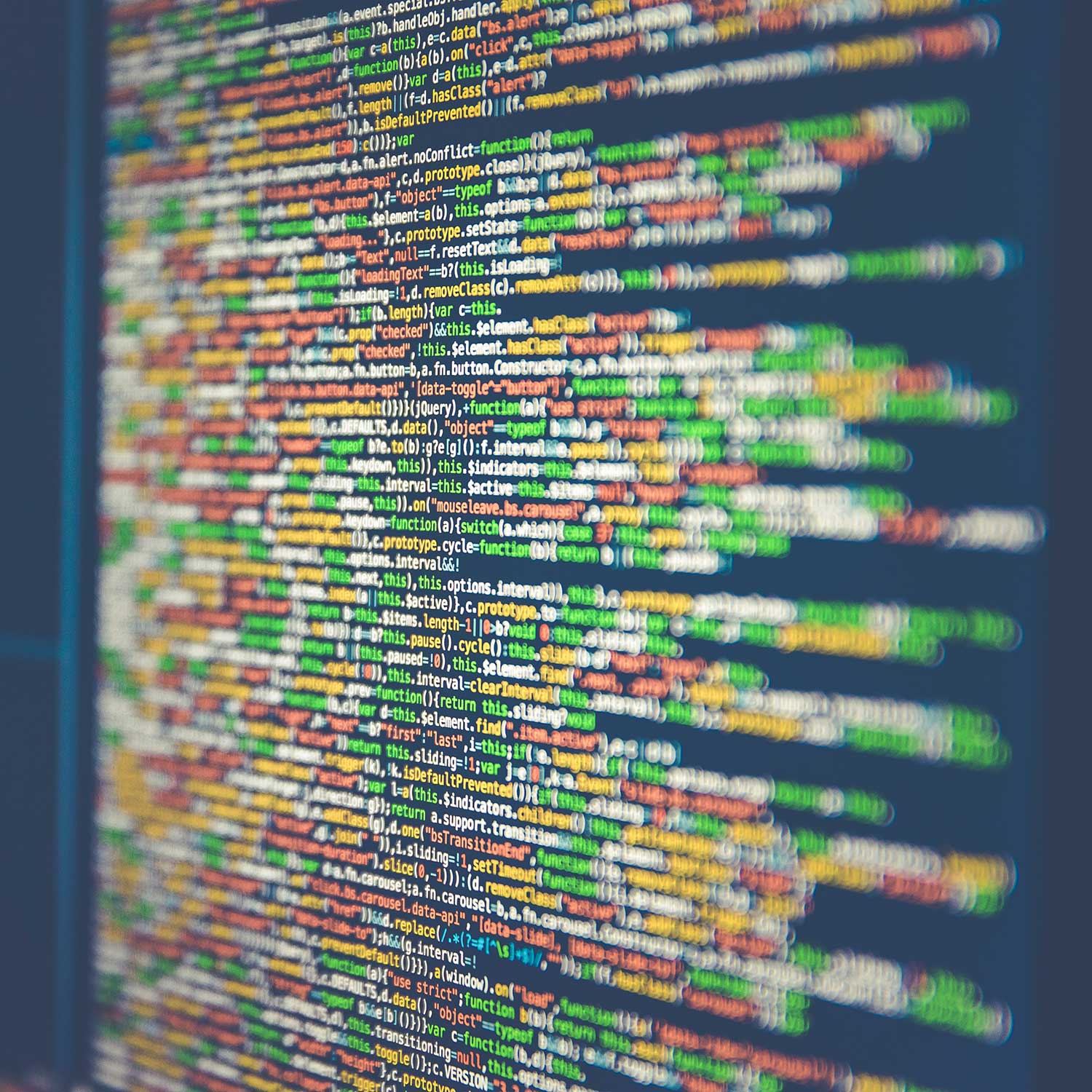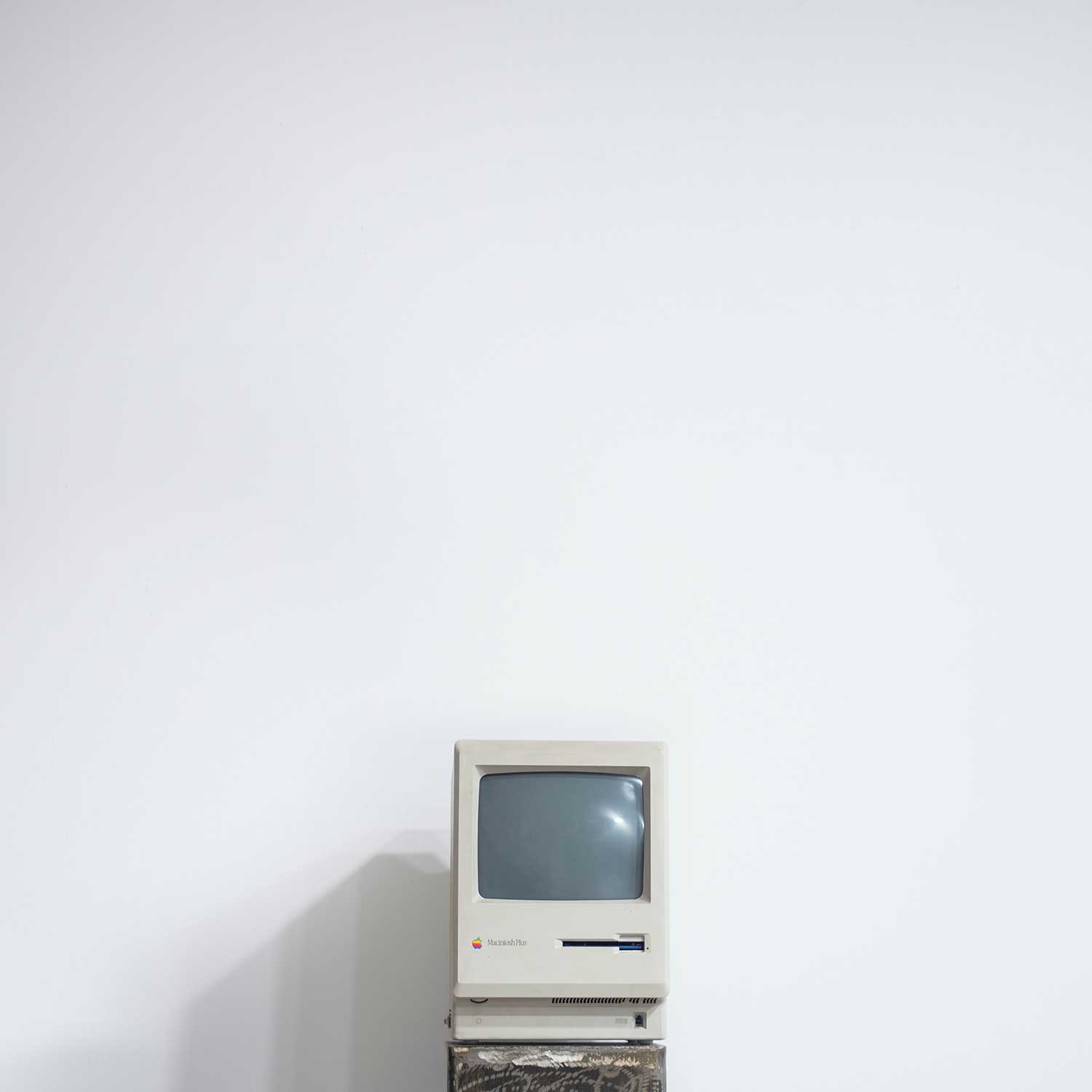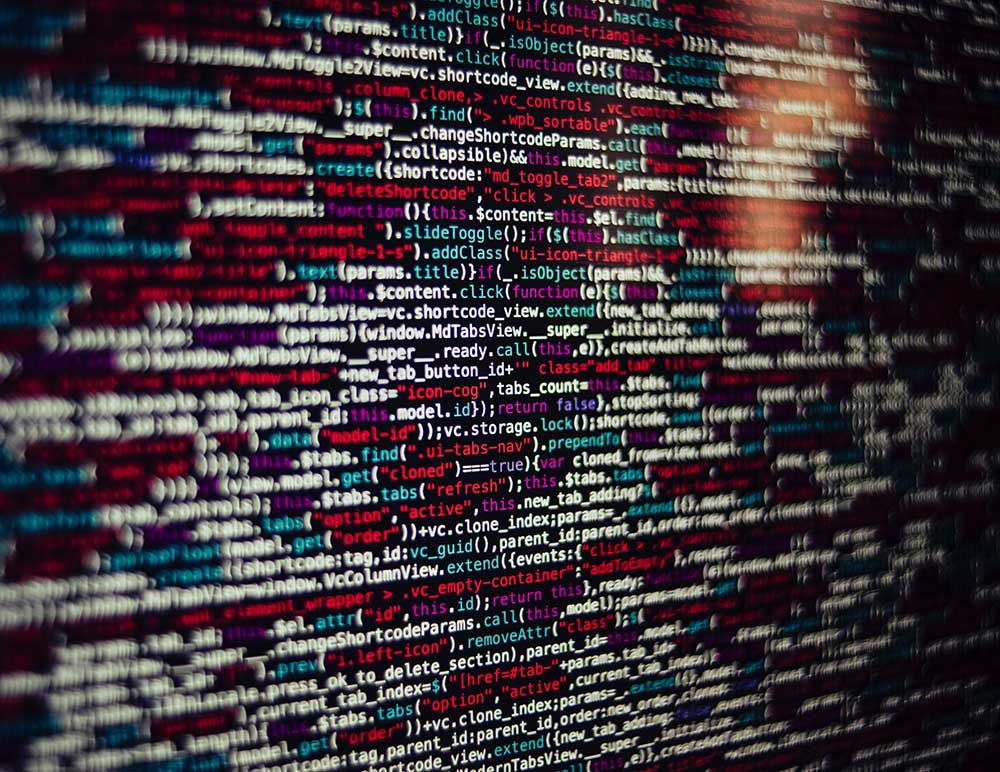MEET YOUR MARVELLOUS BRAIN.
01
MEET YOUR MARVELLOUS BRAIN.
01
MEET YOUR MARVELLOUS BRAIN.
01
MEET YOUR MARVELLOUS BRAIN

I’m typing up an article on brain function. A deadline is looming.
“This is the Age of the Brain.” The keys click rhythmically. “State-of-the- art imaging equipment is expanding an understanding of the brain in much the same way as ocean-going ships explored and opened up a broader understanding of waterways on planet earth. Just as the world seems to be getting smaller the more we learn about it, so it is with the brain. Learning more can help you view the brain as a friendly and helpful colleague—even your best friend!—rather than as a deep dark mystery.”
My mobile vibrates, interrupting my flow. The caller, Walter, asks for some direction on a paper for his graduate degree.
We begin an interesting conversation.
“This business about ‘meeting’ your brain . . .” says Walter. “You must have a reason for thinking people need to meet their brain.”
I laugh aloud.
“The goal of learning more about brain function is so you can use your brain to help you accomplish what you want to and live a happy, healthy, successful life. You can only do that if you know something about it. Let’s use a vehicle metaphor. If you want a smooth ride, it is best to avoid trying to drive a car with an automatic transmission the way you would drive a stick shift, or vice versa.
“Taking good care of the brain and the body that houses it can help you stay healthier and younger for longer. Oliver Wendell Holmes said your body’s chief function is just to carry around your brain. I agree. However, if your brain isn’t functioning well, there might be very little reason for the body carrying it around.”
This time Walter laughs. “You say things I never hear anyone else say! Okay, pretend you are talking with someone who is interested in the brain for the first time. What do you tell them?”
SEE THINK
FEEL TOUCH READ PLAN
CHOOSE
DO.
“That everything begins in your brain—bias, mindset, emotions and feelings, beliefs, and choices, along with your actions and behaviors.
Everything you see, think, feel, hear, touch, read, plan, choose, and do must be processed through your brain. And, while human beings are more alike than they are different, every brain on the planet is unique.
Our brains become more unique as they grow older because every thought you think changes your brain and no one ever thinks the same thoughts.”


“Well,” the young man says. “How do you suggest I go about meeting my brain?”
We begin with some basics . . .
THE BRAIN BASICS

01
An adult brain is approximately the size of your two fists, held together with your thumbs parallel.

02
The brain takes longer to develop and changes more than any other organ. Unlike body organs that regularly divide and multiply new cells, the brain’s neurons or thinking cells, are the same from childhood. That’s why it’s so important to take care of them, they are not regularly replaced.

03
At birth, a human brain weighs abo 0.4 kg; by adulthood1.3 kg, with the male brain often weigh slightly more..

04
All brains are believed to be the same colour regardless of the owner’s skin colour. The left hemisphere is a pinkish gray, and the right is a pinkish white.
“That sure puts a different spin on all the discord about skin color, seeing as all brains are the same color,” says Walter. “What else?
“How about meeting your three brain layers?” I ask.
“Paul MacLean was one of the first to introduce the concept of a Triune Brain.
He wasn’t too popular with some of his colleagues as that was rather early in the last century before anyone even realised that brain scans would be a possibility.
“Later, when they were developed and researchers discovered that one way to describe the human brain could be in terms of three functional layers, MacLean did receive some long- overdue recognition.
“SUCCESSFUL LIVING REQUIRES THAT YOU LOOK AT YOUR BRAIN AND YOUR HEART ON A REGULAR BASIS—NO MATTER HOW DIFFICULT THAT MAY BE.”
first
BRAIN LAYER
“In the reptilian or 1st brain layer are a lot of subconscious functions including the stress responses, fight-or-flight, basic body functions such as heart rate, breathing, and blood pressure, and software for routine skills. It is the last portion of the brain to die.
second
BRAIN LAYER
The mammalian or 2nd brain layer, also a subconscious portion of the brain, directs immune system functions, is the home of phobias and emotional impulses, and contains part of the Brain Reward System.
third
BRAIN LAYER
“The 3rd brain layer—the neocortex—is the portion of the brain that has some conscious thought. The pre- frontal cortex directly behind your forehead is where executive functions are loaded, such as planning, willpower, choices, morality, formation of feelings, mirror neurons that fire as if you were actually doing whatever you are observing, and your mind’s eye.
01
STRESS RESPONSE
HEART RATE
BREATHING
02
IMMUNITY
EMOTION
REWARD
03
WILLPOWER
CHOICES
MORALITY
As I pause momentarily, Walter speaks up in my ear bud: “I hear a lot about brain scans these days and how perhaps they will even be able to identify whether or not a person is telling the truth or has committed a crime. What do you think?”
“That may be possible,” I respond. “However, PET scans of Broca’s area in the frontal left lobe have shown that while it appears to be located within that division, brain scans have shown that its exact position in any individual can differ slightly. So if the position or placement of a brain area is important to the evaluation, this may cause inconsistencies.”
“Broca’s area?” asks Walter.
Broca’s area is named after a French physician, Pierre Paul Broca, who discovered the area’s function while examining the brains of individuals with language difficulties. His research shows that brains of patients suffering from aphasia contained lesions in a portion of the left frontal region of the brain.
This was the first anatomical proof of localised brain function. The section responsible for speech was named Broca in honor of his research.
“I’ll look him up on the Internet,” says Walter. “By the way, the brain resembles a computer, right?”
“It is easy to assume that,” I answer. “However, according to Dr Richard Restak, the brain is NOT like a computer. He asks, ‘what is it like? What kind of model can we form in regard to its functioning?
There’s only one answer to that question, and perhaps it will disturb you: there is no model of the brain . . . That’s because the brain, as the constructor of all models, transcends all models. The brain’s uniqueness stems from the fact that nowhere in the known universe is there anything even remotely resembling it.’”
“Wow!” Walter exclaims. “I have equated the brain with being a super computer.”
“You’re not alone,” I reply. “Since the human brain was on this
planet long before computers, the appropriate question might be whether computers resemble the brain, not the other way around.
Our brains can create a computer but a computer cannot create a living brain, or correct information that has been entered into the computer by mistake, or have feelings and return them, or accurately tell a user what problems he or she is having—and fix them.”
I point out that, for the time being at least, computers remain very sophisticated calculators that accomplish some calculations faster than the brain but cannot adapt and perform tasks outside their initial programming; come to conclusions based on observations; or create poems, literary works, musical compositions, or artistic endeavours that are rich with emotion.
The BRAIN is UNIQUE



NOWHERE IN THE KNOWN UNIVERSE IS THERE ANYTHING REMOTELY RESEMBLING IT
ALL ABOUT THE BRAIN

REQUIRES AN ENERGY SOURCE
The brain uses electricity, oxygen, chemical interactions, glucose, and water.

USES SOFTWARE
When you do something once, your brain begins to create software in case you want to do it again. The more you do that something, the stronger
the software becomes, until pretty soon it’s almost automatic.
Choose carefully what you do once—because it’s easier to do it a second and a third time. That’s the good news and the bad..

MUST BE ‘BOOTED UP’
You can boot up your brain by doing some brain breathing; by eating breakfast that includes some healthier carbs; and by doing some physical exercise.

CAN BE DAMAGED BY ACCIDENTS’
Drop your computer or whack your head on something hard or sharp and some functions may be disabled or injured, if
not completely destroyed.

STORE AND RETRIEVE INFORMATION
Computers generally have a storage limit—unless they backup to a cloud or an external drive.The brain, on the other hand, ly has unlimited storage capacity for ideas and information. Researchers estimate that this equates to 2.5 petabytes of data—that’s 2.5 million gigabytes.

FUNCTION BEST WHEN THEY COOL
Overheating of either can result in malfunction. The temperature of your brain rises when
you are sleep deprived. Yawning causes you to take in deeper breathes. Inhaling cool air ventilates your sinuses and helps to cool off your brain.

CAN FAIL TO RETRIEVE FILES
Can malfunction and fail to retrieve files. That may be because cells die in the hippocampus, your brain’s “search engine,” and you can’t access the memories, or cells in other parts of the brain that contain memories die and then the memories are gone. Poof.
.

ARE SUSCEPTIBLE TO VIRUSES
A virus in the brain can negatively impact your ability to think, to accomplish many brain functions, and can kill brain cells.
“Goodness,” says Walter. “I never thought about doing a comparison like that. Thanks to these tips, I might get an A on this paper.
By the way, I heard on the news that 80 per cent of the brain is developed by age 3. Is that true?”
“Although every brain differs slightly in terms of development, general consensus is that while 80 per cent of the brain likely develops by age three, studies suggest the brain’s pre-frontal cortex may not mature until
the late twenties, and for some brains perhaps not until the early thirties. It may take up to 1.6 years longer for a male systemising brain to mature as compared with a female empathising brain.
This means life-impactful decisions made prior to the time when the brain is mature may not work well for that brain down the line.”
Walter has one more question. “Where does the mind come from?”
“There is some consensus that the brain begins to develop shortly after conception and at some point in that process it creates the mind.
The fascinating thing is that the mind, once created, can direct the brain. One researcher compares this to traffic saying: Vehicles create traffic. Traffic, in turn, can impact vehicles.”
Walter thanks me, promising to send a copy of his paper, “If I get an A that is.”
That was fun.
I hope Walter gets his A–and enjoys meeting his brain.
Now, back to my computer and “The Age of the Brain.” Deadlines are also something to “meet.”
— Gerald Edelman